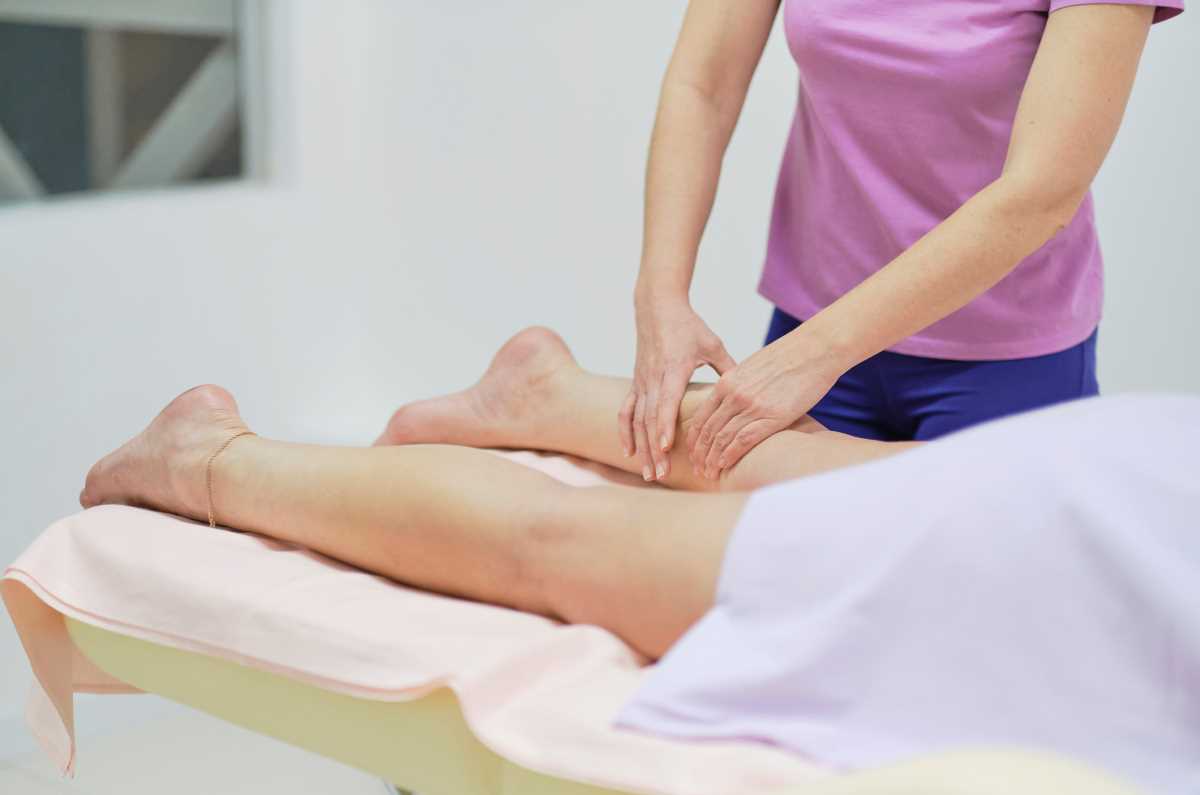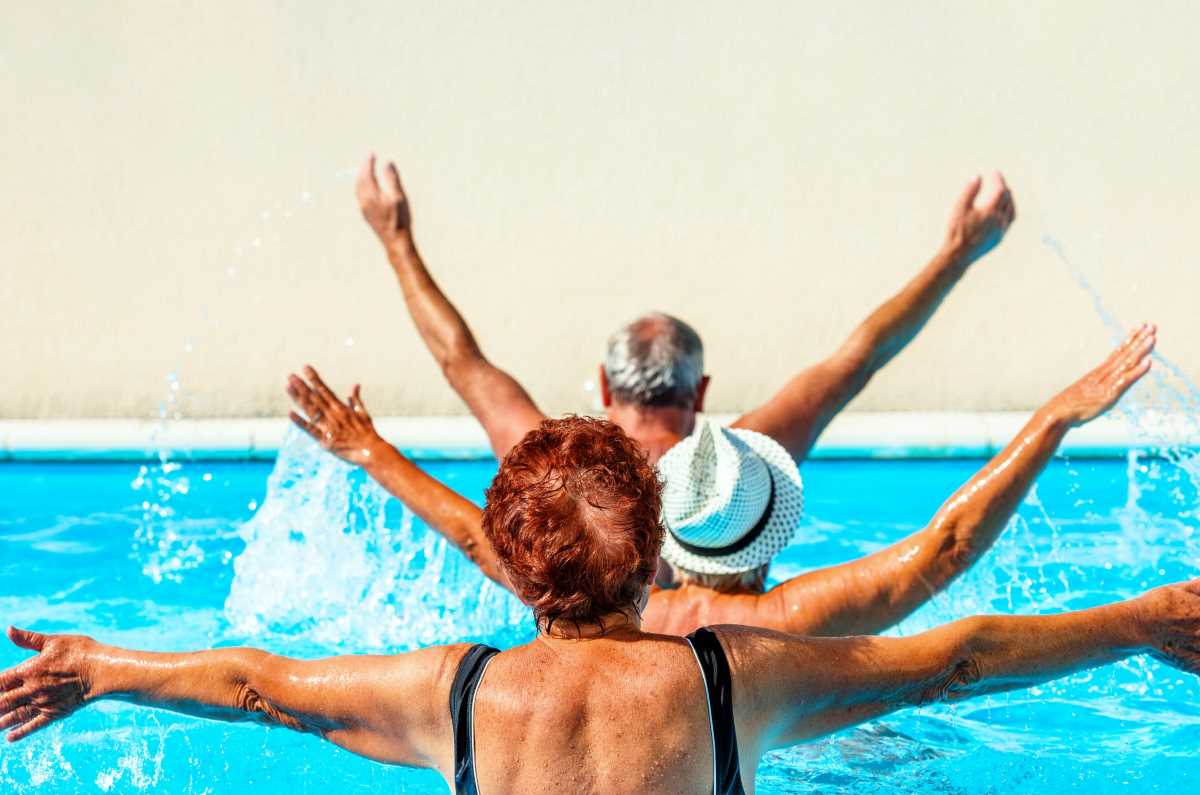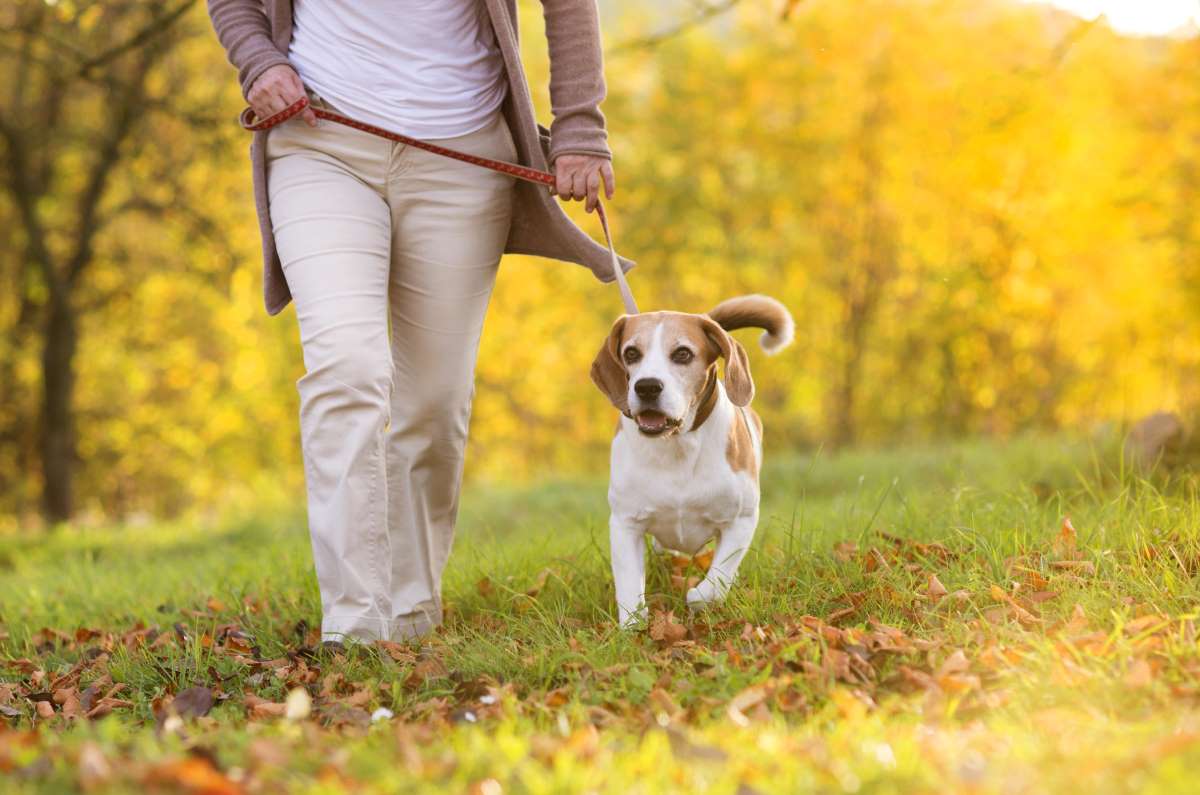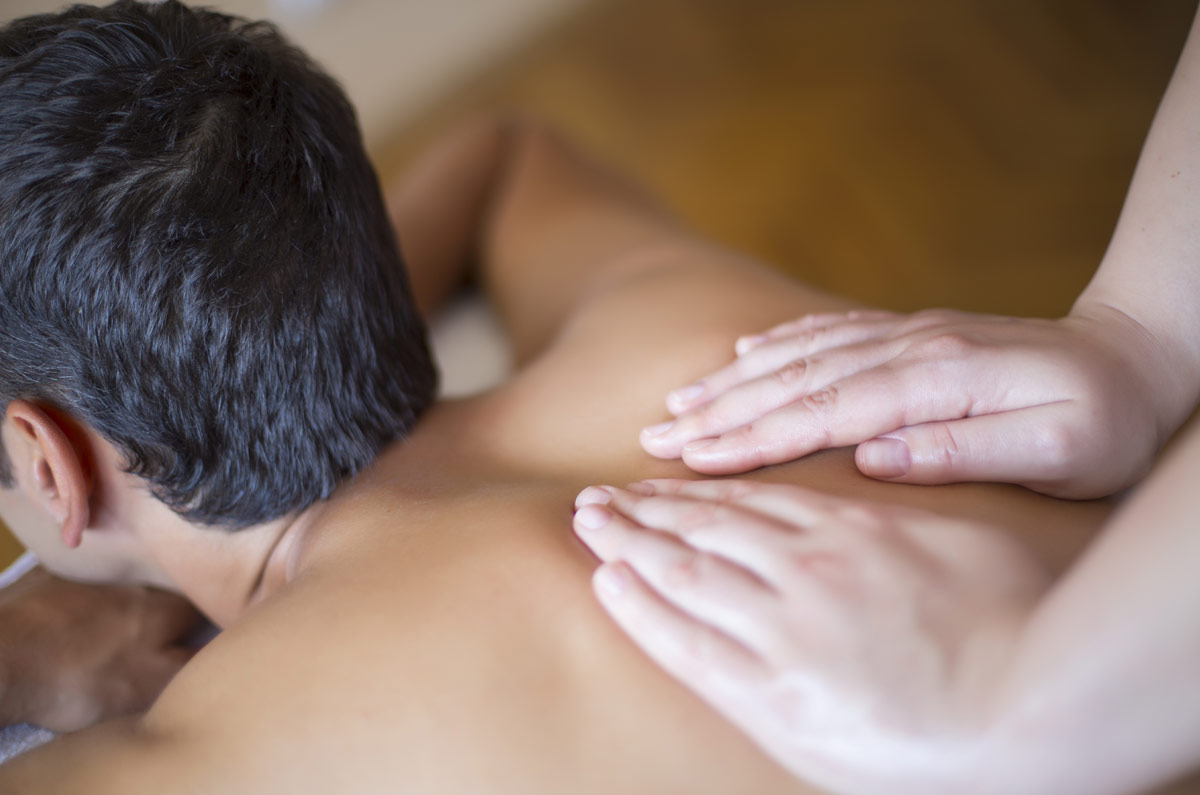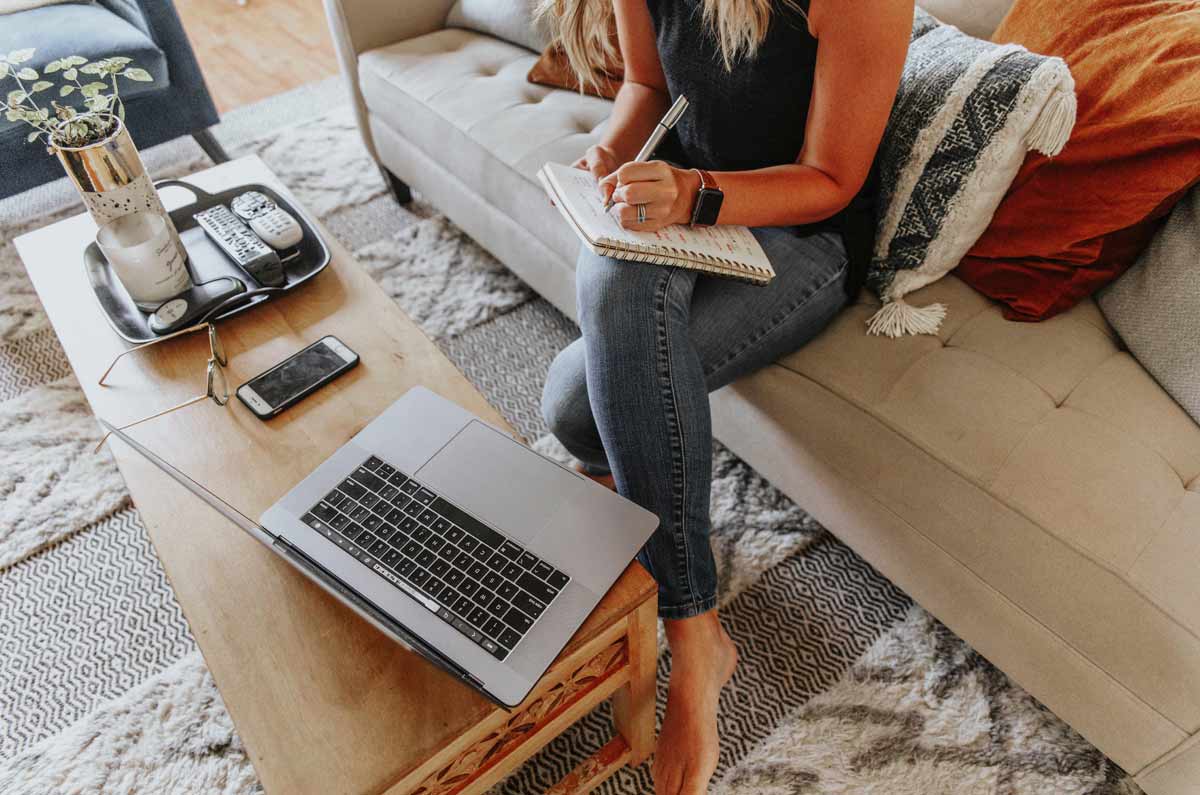Guest blog written by: Polly Bongiorno and Mathew Richardson
Have you heard people talking about myotherapy but don’t know what it is?
You’re not alone. Myotherapy is a relatively new treatment method for pain which has been rapidly growing in popularity in recent years.
What is myotherapy?
Myotherapy is a health care profession that focuses on assessing, treating and managing pain associated with musculoskeletal conditions.
Myotherapists are known for being hands-on with their treatments, and one of their great strengths is their soft tissue skills.
The treatment skills of a myotherapist can be classified broadly as either ‘active’ or ‘passive’.
Passive treatments are those that are ‘done to you’, providing short-term relief of pain to restore preferred movements. These can be incredibly helpful when working to change protective muscle spasms, movement patterns, fears and stress.
Active treatments are longer lasting, and involve you changing behaviours that will lead to long-term health benefits. These include exercise, education, lifestyle modifications and exploring the many different contributors to your pain.
In essence, myotherapy helps people in pain move better and live their best life. A myotherapist will foster a relationship of respect, care and trust with you to form a unique plan to get you back to doing the things you love.
So, what sets myotherapy apart from the rest?
Myotherapy treatment sessions are often longer than those of other allied health providers. This gives the therapist time to develop and implement a comprehensive, individualised plan for care and recovery and still have ample time for strong hands-on therapy and exercise rehabilitation. It also allows time to nurture the relationship with you.
Myotherapists are uniquely placed to offer a wide range of personalised treatments that can help to reduce pain and get you moving again. Myotherapists understand that no two people are the same, and so no two people should be treated the same when it comes to pain.
What does a typical session with a myotherapist look like?
One of the greatest benefits of a myotherapy session is longer treatment time. Time that is essential to ensuring your myotherapist will listen to you and your personal pain story. The myotherapist will ask you lots of questions to get a complete picture of your medical history and to understand your expectations and treatment goals.
They’ll listen carefully to understand the nature of your problem and its impact on your life. This will include all aspects affected by your pain. These can be:
- physical – e.g., work, exercise, lifestyle
- psychological – e.g., anxiety, stress, beliefs
- social – e.g., access to health care, support system, family relationships.
The myotherapist will then assess your body – muscles, tendons, nerves, ligaments, joints – and movements, to rule out serious conditions that may require referral to another healthcare professional, before moving ahead with treatment.
They’ll use a range of interventions, tailored to you and your goals. This may include soft tissue therapy to calm an over-protective nervous system, as well as exploring lifestyle and stress reduction strategies, exercise and movement interventions. They’ll also help you find ways of getting back to doing the things in life, that pain may have disrupted or affected.
Finally, they’ll help you make sense of why you hurt, and what to expect on your journey of recovery. Understanding what’s happening to you and why, can be a powerful pain reliever.
How is myotherapy different from physio or osteo?
By definition there isn’t a lot of difference between musculoskeletal health professionals. Myotherapists use many of the same orthopaedic assessment techniques as physiotherapists and osteopaths, and many of the same treatment techniques. Apart from minor differences in approach, the differences mainly lie in the scope of practice, rather than the quality of treatment.
For example myotherapists commonly treat general musculoskeletal pain and movement dysfunction, whereas physiotherapists also extend their treatment to cardiovascular and serious neurological pathologies.
Accessing a myotherapist
You don’t need a letter of referral from your doctor to see a myotherapist.
They typically work in settings such as private clinics, sporting clubs or community health services.
Myotherapists may work closely with other allied health professionals, general practitioners and specialists to get the best outcomes for people living with pain, regardless of the complexity of their problems.
Cost
The cost to see a myotherapist may vary, so ask about costs when you’re making enquiries about booking an appointment. You may be able to claim your treatment through your private health insurance. Check with your health fund to find out if myotherapy is covered, and if so, how much of the treatment is covered and how many sessions you can claim.
In summary
Myotherapy treatment aims to help you become confident that you can return to moving your body in ways that best support your lifestyle and what you value. It’s all about you.
Consider myotherapy the next time you’re in pain. Myotherapists are health professionals with a deep understanding of the human body and can help you on your journey to wellness and vitality. If you’re in pain and want to try myotherapy, contact your local myotherapist or visit www.myotherapy.org.au to experience the difference.
Contact our free national Help Line
If you have questions about managing your pain, your musculoskeletal condition, treatment options, mental health issues, COVID-19, telehealth, or accessing services be sure to call our nurses. They’re available weekdays between 9am-5pm on 1800 263 265; email (helpline@msk.org.au) or via Messenger.
More to explore
- Find a myotherapist
Myotherapy Association Australia - Myotherapy
Better Health Channel

